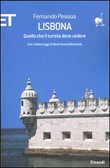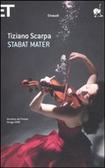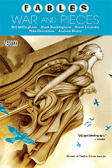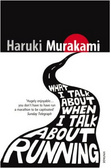The book: Scruffy, by Paul Gallico
The edition: Penguin paperback, 288 pages
About the book: a fictional account of ape history in Gibraltar during World War Two, of the people who cared for them, and of the efforts made to safeguard them. Includes an extremely misbehaved ape, a love story, two births, several deaths, a drunken pilot and a very big firework. (Can’t say more without spoilers, but hope it’s enough to pick your interest.)
My thoughts: hilarious. Probably the funniest book I read this year. No, really, you may think “it’s just an ape story, nothing much”, but it is a jewel! And it does something strange: it has characters that are at once stock figures, and very lively. I cannot explain it, because they are all mostly stereotypes, but still they really come to life through the page. Recommended? Definitely yes, go check it out this minute!

The covers you can find online are less pretty than the ones I have. Too bad the picture quality here is so bad 😦
The book: The Rock, by John Masters
The edition: Sphere paperback, 383 pages, including bibliography
About the book: this book is strange in format and hard to define: half history, half fiction. Each chapter includes historical information about a period of Gibraltarian history, followed by a fictional episode set in that period. The narrative is not continuous, although there are elements (especially families and their histories) that return again and again.
My thoughts: such a peculiar format is hard to make right. I don’t think the level is the same throughout the book, there are some parts that stick better than the rest, and I do have a small doubt about the accuracy of the non-fiction part. Still, as a whole it works very well, the author is a good narrator and history makes sense in his stories. Recommended.
_______
Bottom line: two authors I want to read more from. If you know them, can you recommend any titles?











